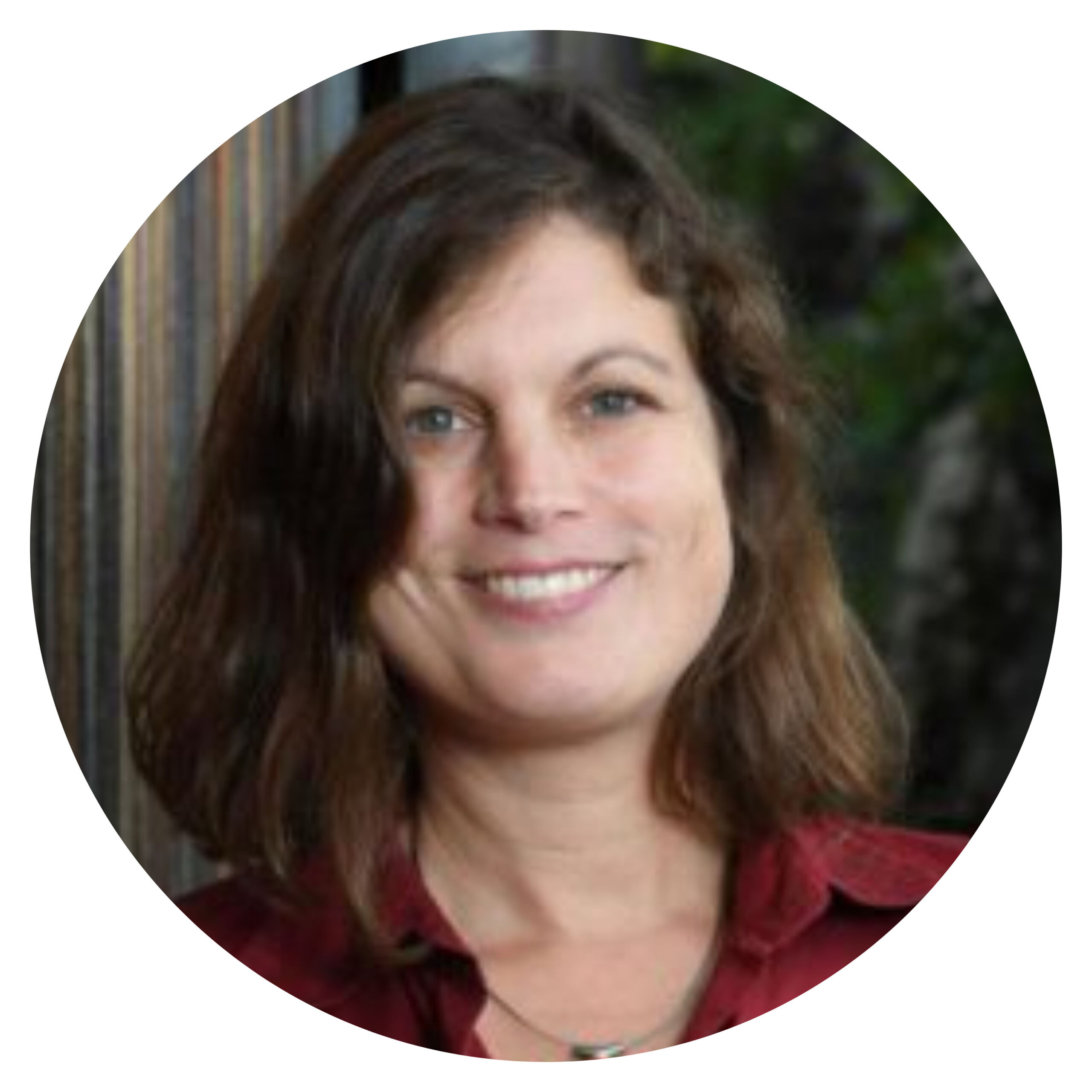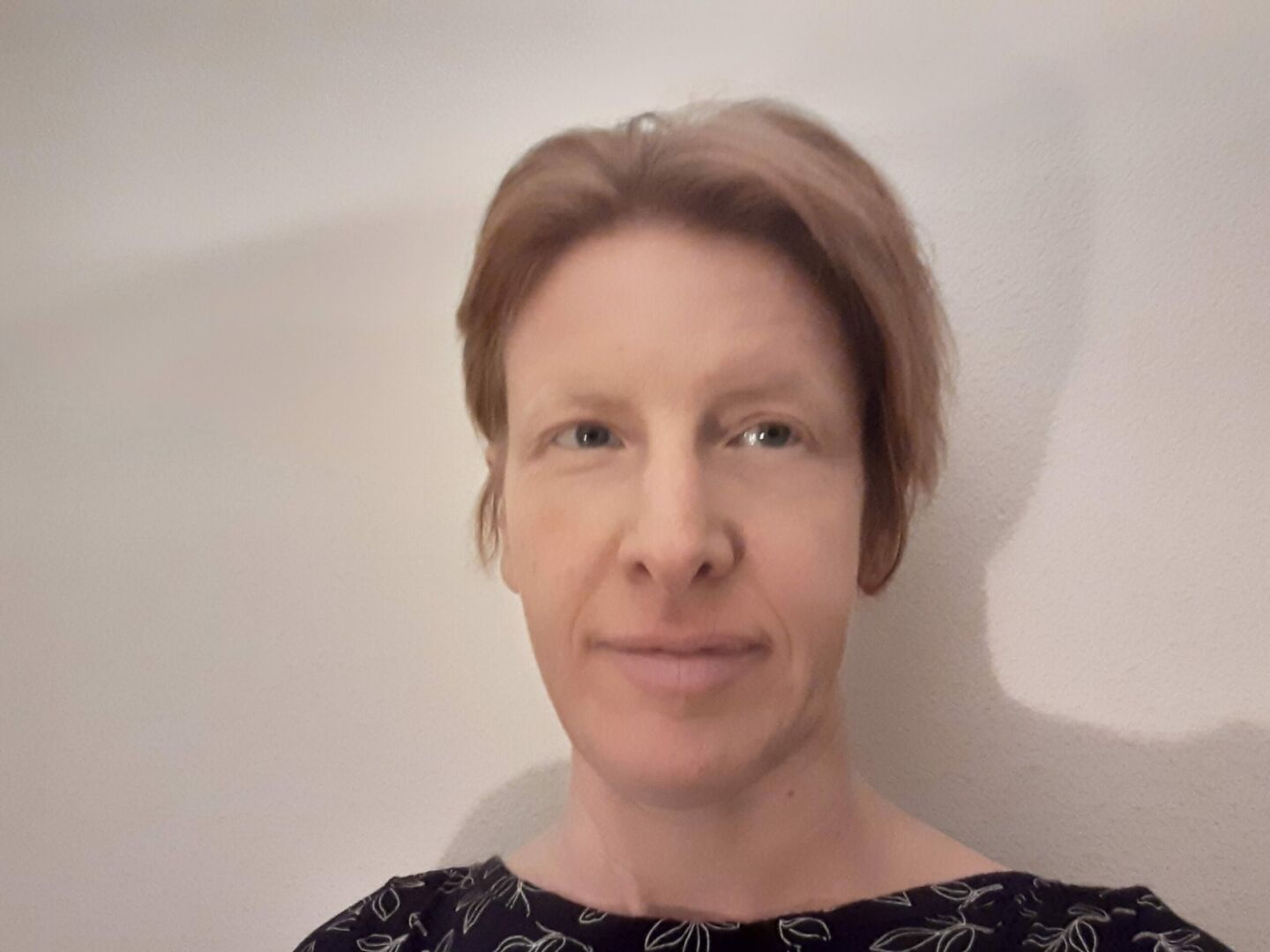
Translating Research into Practice

The following is a guest post submitted by Catherine Pérez Vega and Karolina Zielinska-Dabkowska (IDA Technical Committee) about their recently published article “A Systematic Review for Establishing Relevant Environmental Parameters for Urban Lighting: Translating Research into Practice” authored by Catherine Pérez Vega, Karolina M. Zielinska-Dabkowska, Sibylle Schroer, Andreas Jechow, and Franz Hölker. This is an important first attempt to initiate communication between artificial light at night (ALAN) researchers and lighting professionals on the impact of light pollution.
The dynamic changes in the application of lighting technologies developed in the 20th century, shown in Figure 1, have increased the brightness and changed the spectral composition of nocturnal night-time habitats and night skies across urban, peri-urban, rural, and pristine landscapes, and subsequently, researchers have observed the disturbance of biological rhythms of flora and fauna. To reduce these impacts, it is essential to translate relevant knowledge about the potential adverse effects of artificial light at night (ALAN) from research into applicable urban lighting practice.

A recently published article in Sustainability Journal, called “A Systematic Review for Establishing Relevant Environmental Parameters for Urban Lighting: Translating Research into Practice” authored by Catherine Pérez Vega, Karolina M. Zielinska-Dabkowska, Sibylle Schroer, Andreas Jechow, and Franz Hölker is addressing these aspects and identifies and reports, via a systematic review, the effects of exposure to different physical properties of artificial light sources such as the illuminance, spectral power distribution (SPD), and correlated colour temperature (CCT) on various organism groups, including plants, arthropods including insects and spiders, fish, amphibians, reptiles, birds, and non-human mammals (including bats, primates, rodents, and marsupials). A total of 1417 studies from Web of Science and PubMed were analyzed, of which 216 gave better insights for interdisciplinary communication.

To accomplish the research goal of establishing relevant environmental parameters for urban lighting and to identify the properties of artificial light, which are considered to be profoundly detrimental to natural day- and night-time cycles of flora and fauna, the following research questions have been posed:
Question 1. What are the most relevant parameters of artificial lighting for evaluating impacts on different organism groups that should be used by ALAN researchers in their research studies and by lighting professionals in their day-to-day practice in order to minimize the negative effects without having to turn off lighting?
Question 2. How do we translate ALAN research for lighting practice to address environmental concerns?
Diverse behavioral and physiological responses were observed across taxa when organisms were exposed to ALAN. The studies showed that the responses were dependent on high illuminance levels, duration of light exposure, and unnatural colour spectra at night, and also highlighted where research gaps remain in the domains of ALAN research and urban lighting practice. This work also shines a spotlight on collaboration in science today in the field of artificial lighting and light pollution and argues the need of translating scientific knowledge for the lighting practice to address current environmental concerns. To avoid misinterpretation, and to define a common language, key terminologies and definitions connected to natural and artificial light have been provided. Furthermore, the need for better research, understanding, and management of the adverse impacts of ALAN for the development of future lighting guidelines and standards to optimize sustainable design applications that preserve night-time environment(s) and their inhabiting flora and fauna.
In their work, the authors attempt to cross over knowledge from both fields to provide a new perspective for ALAN Research in collaboration with Lighting Professionals and provide a synthesis of the key points and recommend new areas for future urban lighting research. This work also reveals that such cooperation, although complex, is thriving in many ways and can provide solutions towards sustainable lighting applications. To make the future a better lit place.
More information can be found HERE.
About the Authors:
 Karolina Zielinska-Dabkowska
Karolina Zielinska-Dabkowska
Karolina is a chartered RIBA architect and award-winning practicing lighting designer. She is also an Assistant Professor at the Faculty of Architecture, Gdańsk University of Technology, Poland, and co-founder of GUT LightLab, where she conducts research on various aspects of light and lighting in the built environment. She is also on the Technical Committee of the International Dark-Sky Association.
 Catherine Pérez Vega
Catherine Pérez Vega
Catherine Pérez Vega is an interdisciplinary designer and researcher. She holds a Bachelor’s Degree in Product Design from L’École Supérieure de Design from France and a Master’s Degree in Architectural Lighting Design from Hochschule Wismar, University of Applied Sciences, Technology, Business, and Design, Germany. She is currently a Doctoral candidate in Biology at Freie Universität Berlin, Germany with her research taking place at the Light Pollution and Ecophysiology research group of Leibniz Institute for Freshwater Ecology and Inland Fisheries. Her work involves the interphase of ecology and architectural lighting to mitigate environmental solutions for urban lighting design applications.

Sibylle Schroer
Sibylle Schroer is on the Board of Directors for the International Dark-Sky Association and is the scientific coordinator of the working group “Light Pollution and Ecophysiology” at the Leibniz Institute of Freshwater Ecology and Inland Fisheries (IGB) in Berlin, Germany. Her research focus is the protection of insects and biodiversity.



















